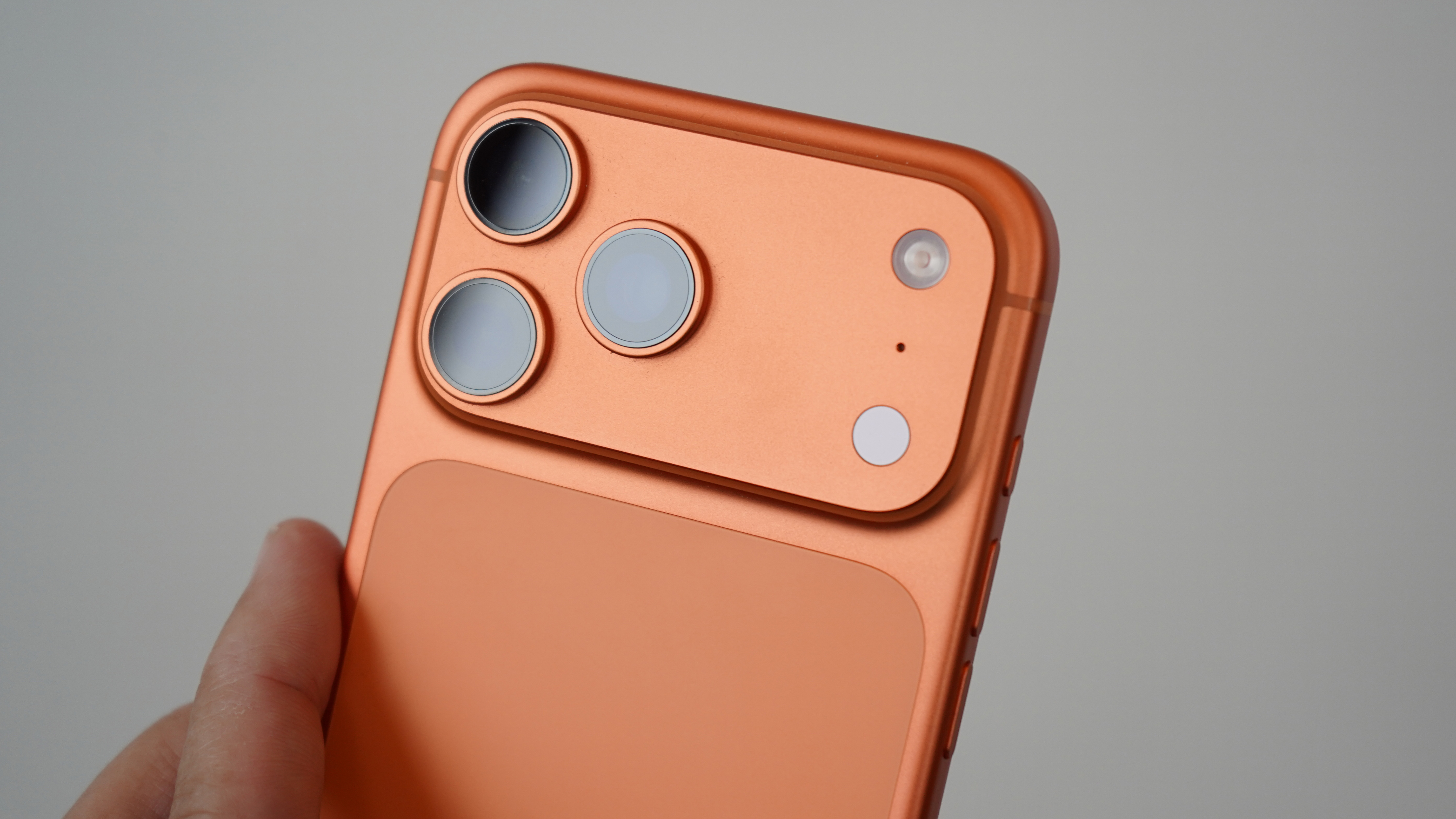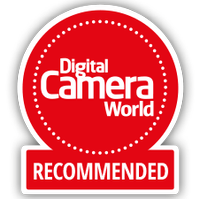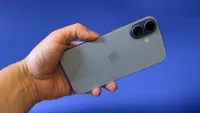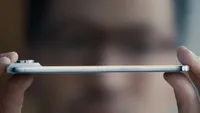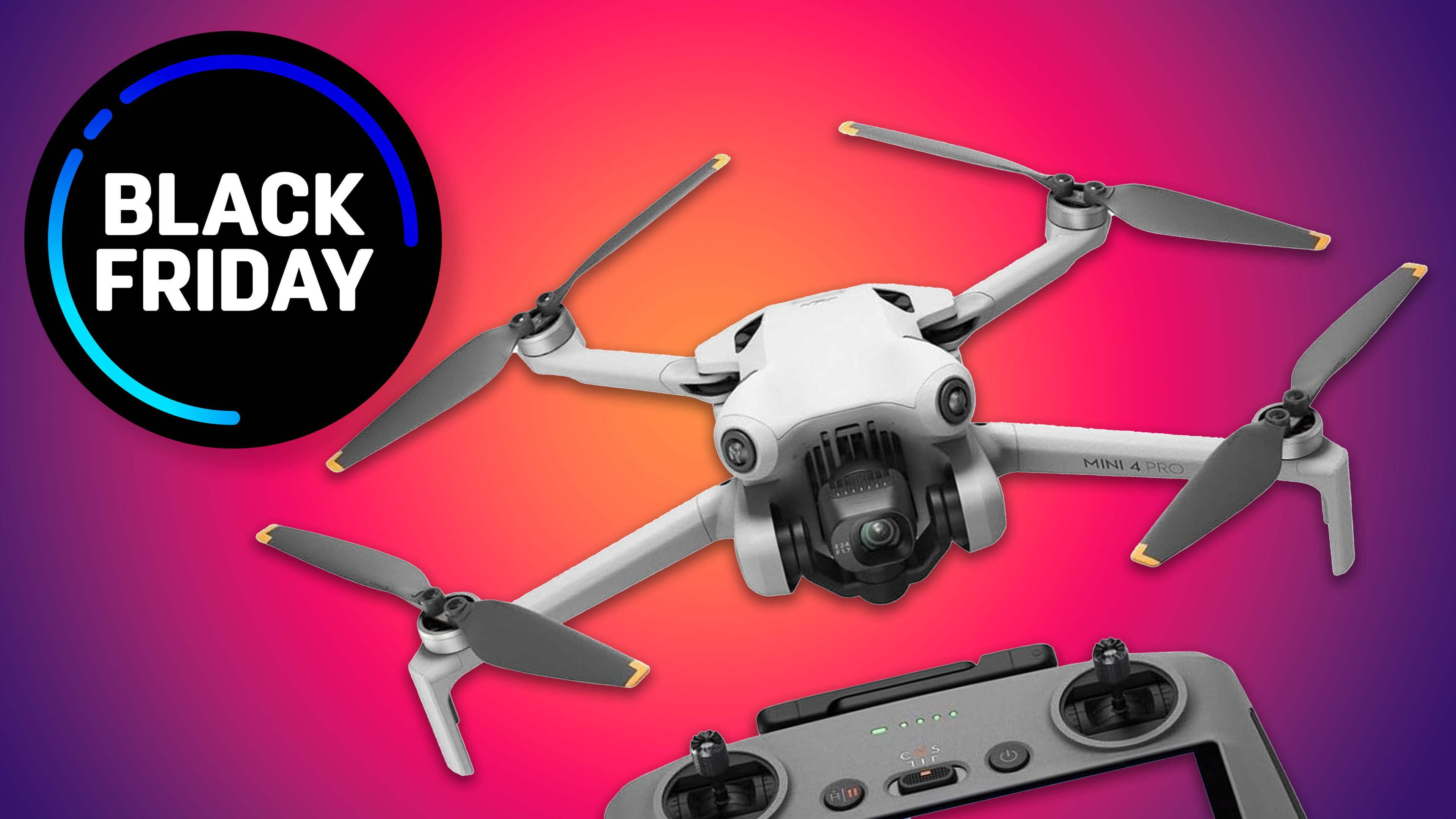Digital Camera World Verdict
Finally, a striking new look for Apple's phone and – more importantly – a camera system which doesn't neglect the telephoto; I don't know if there is a better phone for photography and I love the new 4x or 8x hybrid telephoto camera – while the all-new smart selfie camera is a massive step up (most of the time) too! Oh, and if you like either OTT storage or orange...
Pros
- +
Finally 48MP hybrid on all 3 main cameras
- +
Content creators will love the storage options
- +
Bright, anti-reflective screen
Cons
- -
My fiancée says the orange color is "unappealing"
- -
Bigger and heavier than the iPhone 16 Pro Max
Why you can trust Digital Camera World
The iPhone 17 Pro Max is Apple's top-of-the-line phone and, this time, Apple has chosen to make that distinction by adding a little bit more bulk. A cynic might suggest that is being done to emphasize the svelte nature of the new iPhone Air – the thinness of which is, if we're honest, the only real selling point for that device.
It matters not. The normal 'non-Pro' iPhone 17 (which at least has two main cameras) has also got a good few feature bumps this generation which have – for some years now – been held away from the lesser iPhones by Apple simply to highlight which phone is 'Pro' and which is not. That means this, as the premium model, needs to distinguish itself any way it can because it no longer has the leg up of being the only iPhone with a 120Hz screen, for example!
The main thing it does – as well as some very striking new case designs – is with a third camera. Better still, and new for the iPhone 17 Pro Max series – there is a wholly new telephoto camera. The camera cluster is affixed to some extra bulk, but that isn't just show – being devoted to battery life I've struggled to challenge in my days testing (and weeks because I've been trying the phone rather too long before turning in these words!)
Price
The base iPhone 17 Pro Max launched on September 19 2025 and comes with 256GB (like its predecessor) and starts at $1,199 / £1,199 / AU$2,149. You can also pay $1,399 / £1,399 / AU$2,599 for 512GB of storage, $1,599 / £1,599 / AU$2,999 for 1TB of storage, or – new for the iPhone 17 – $1,999 / £1,999 / AU$3,799 for 2TB of storage.
Specifications
Display peak brightness | 3000 nits |
Display dimension | 6.9-inch / 120Hz |
Storage options | 256GB, 512GB, 1TB, 2TB |
RAM | 12GB |
Processor | A19 Pro |
Rear cameras | 48MP wide + 48MP ultra-wide + 48MP telephoto |
Front camera | 18MP |
Battery | 5,088mAh / 4,832mAh |
Dimensions and weight | 163.4 x 78 x 8.8mm, 233g |
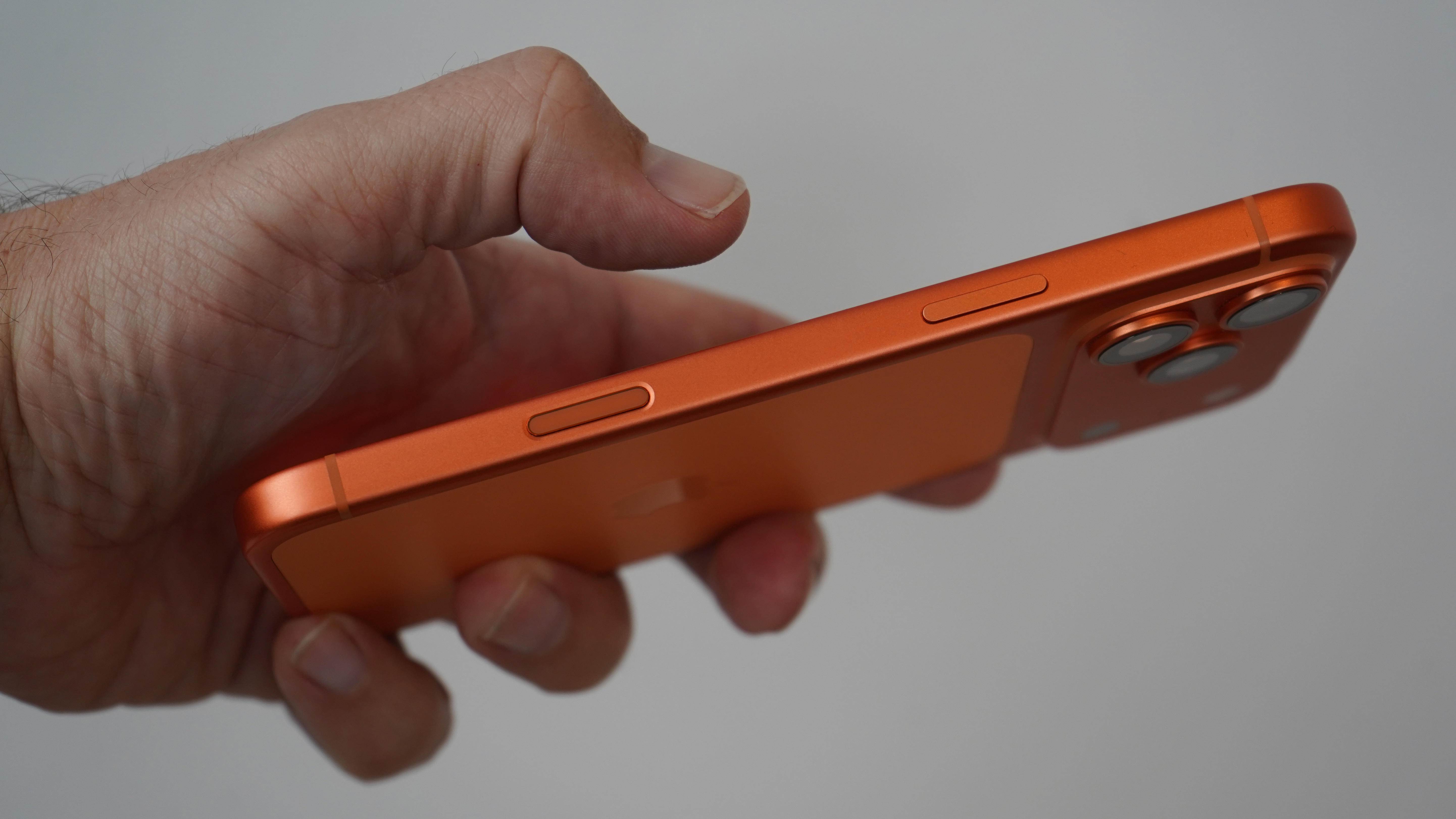
Build and handling
In a way, the iPhone 17 Pro Max is very different to its predecessors. For one thing, despite spending two generations telling us about the amazing new metal that was titanium, Apple has returned to aluminum for the new model. This affords the option to create a 'unibody' style housing which would be a very different look alone, but is topped off by the new full-width camera bump at the top.
On the other hand, continuity is retained by Apple's retention of the three-camera triangle arrangement so despite a different metal, a matte glass back with the Apple logo and covering the MagSafe charging, and some very different colors, the device is still recognizably an iPhone. Cosmic Orange, incidentally, was my choice, being the most different color, but Deep Blue stands out too while the Silver is a bit more average Apple.
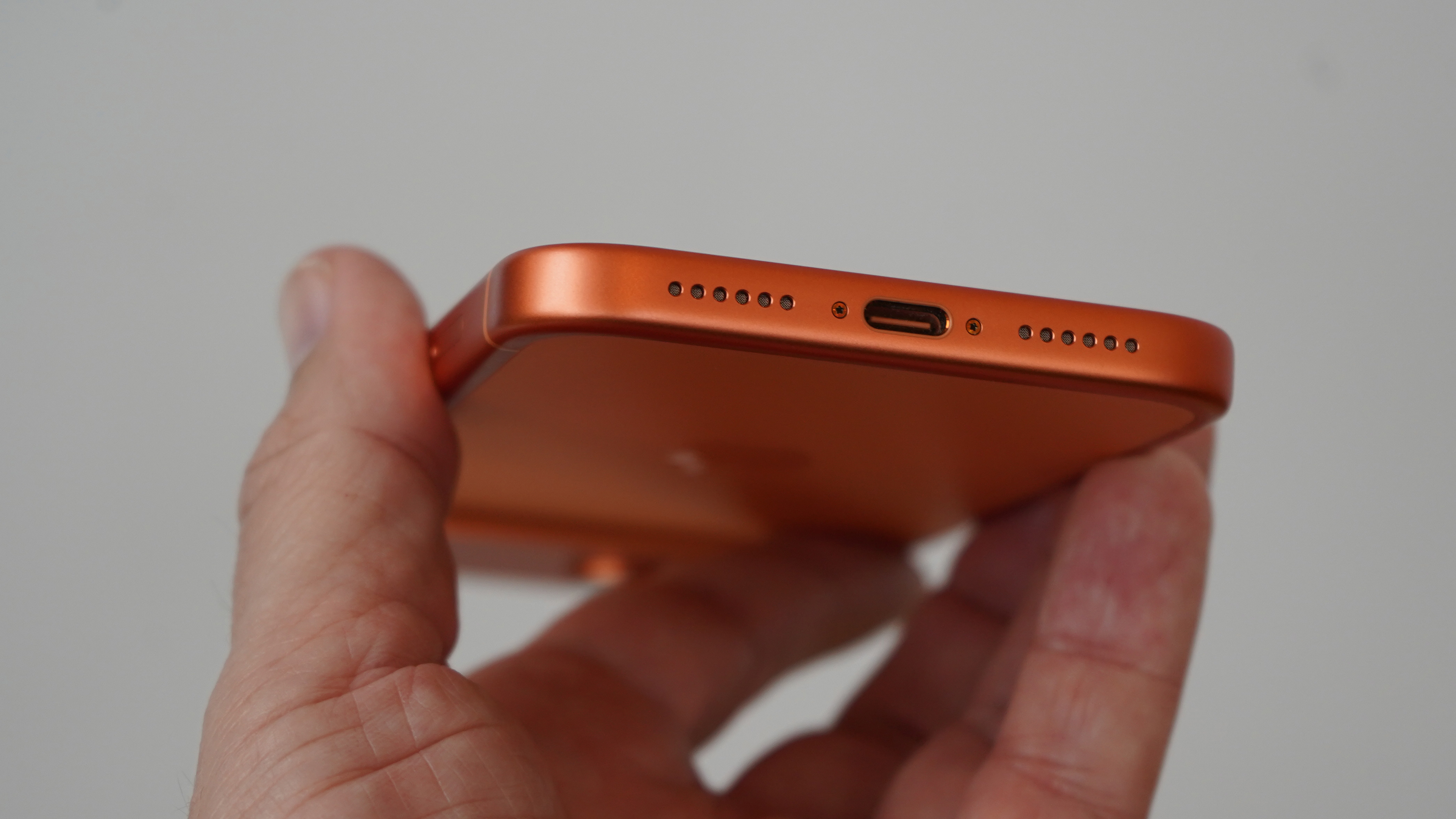
The iPhone 17 Pro Max has a screen with the same 6.9-inch size and 460 pixels per inch resolution as its immediate predecessor, and both feature Apple's Dynamic Island. Both, too, support Apple's 120Hz 'ProMotion' refresh rate, though that is no longer quite the claim to fame it once was in the iPhone range as the standard iPhone 17 also finally has this feature.
The best camera deals, reviews, product advice, and unmissable photography news, direct to your inbox!
Where the screen does push past its predecessor is with 3,000 nits of peak brightness – comfortably beating the 2,000 nits of the iPhone 16 Pro Max. The screen also has a new anti-reflective coating, the best about which I can say is that I didn't find this interfering with my daily use; the phone seemed very contrasty (hard to vouch for 2,000,000:1 by eye!)
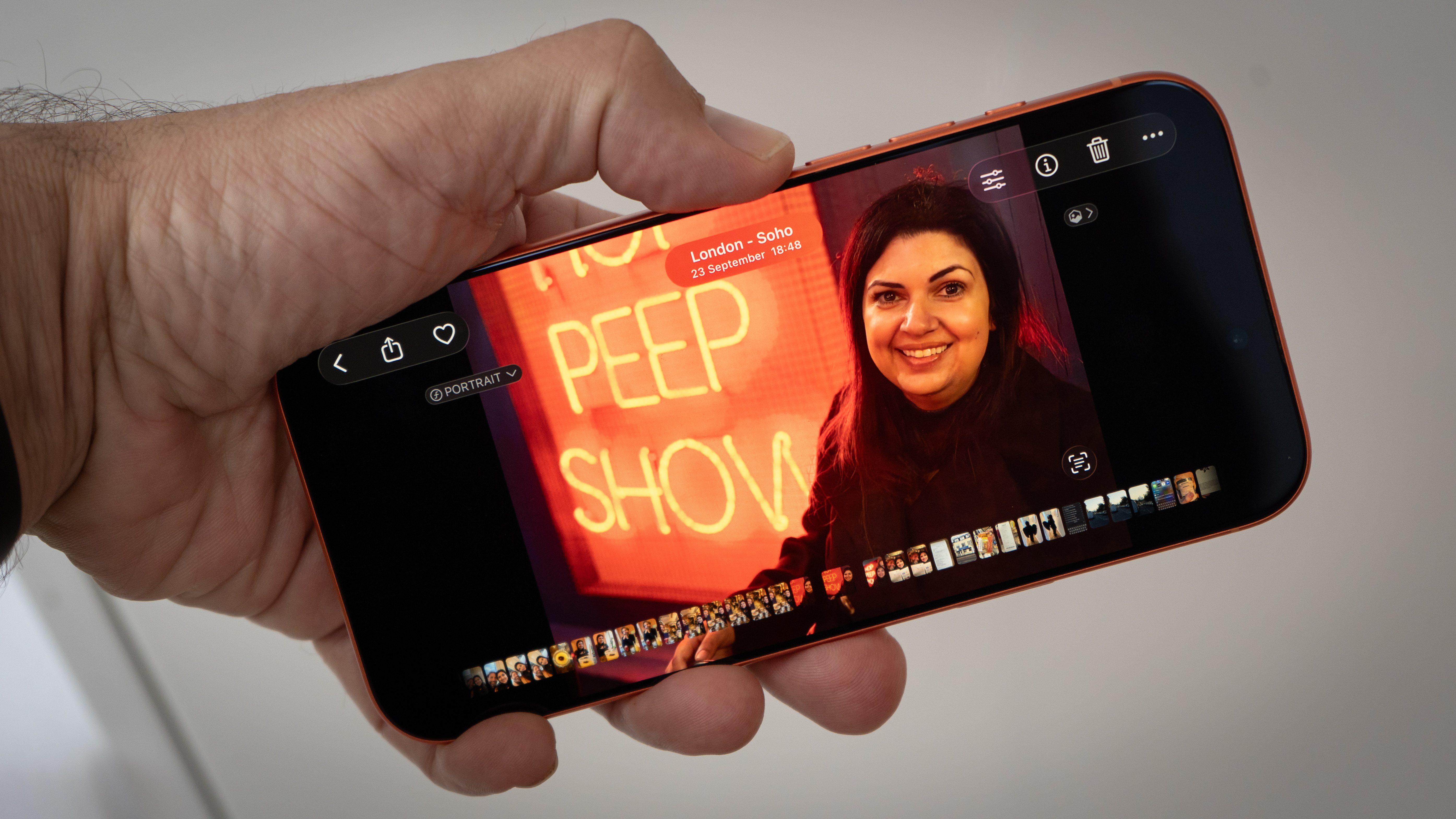
The speed of the A19 Pro processor and quality of the screen make for big changes, and (though not as visible as the exciting new Cosmic Orange color), a new vapor-chamber supported heat-management system keeps the system very fast, and helps support the new cameras crop the center-area from each of the three 48MP lenses (including the new 48MP 4x optical zoom). For those who see aluminum as an engineering downgrade, the metal is better able to support anodized colors, so it is also the reason you've got the exciting new orange.
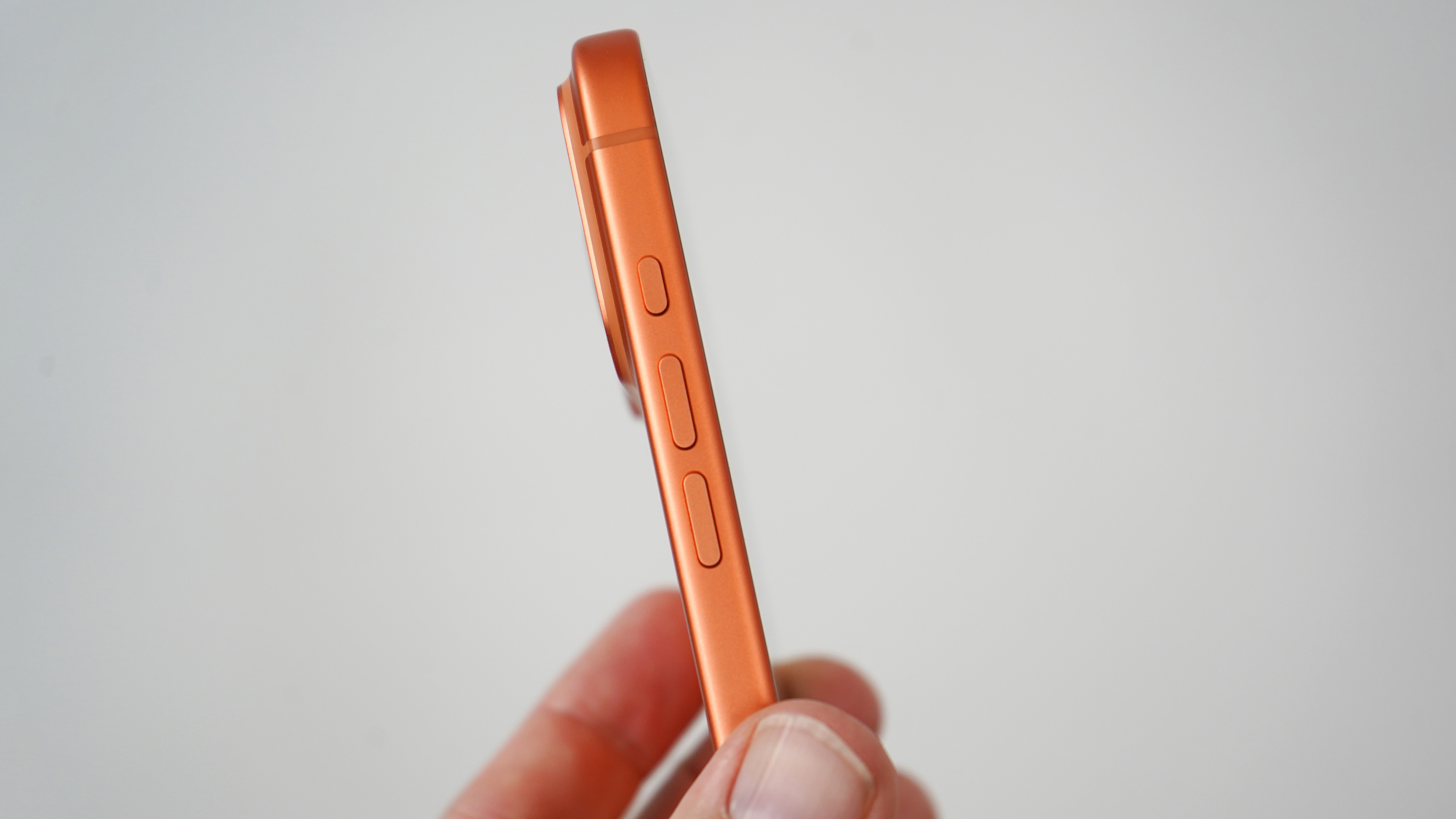
The new design gives the phone a mixture of a matte glass back which nearly, but doesn't quite, match the color of the anodized aluminum which makes up the now full-width camera bump (though you can see a little antenna cutout). On the flip side the Ceramic Shield 2 screen is, Apple tell us, has better protection from scratches (I haven't had one in the first few weeks, but I'm not sure that's enough to say given my phone lives safely in a clean pocket of my Levis).
Selfie Camera Performance
The selfie camera represents a big change for the iPhone 17 Pro Max (and other iPhone 17) against its predecessor. With a new square sensor and AI to choose then crop in on the subject, the camera is notably easier to use than my previous iPhone 16 Pro Max, both on my own and with others.
The AI was (for the most part) prompt to find me and my fiancée or other co-subject, so I had few complaints, and in general a system which makes it easier to get a selfie because aiming is that bit easier feels like a win. That said, I think in the restaurant photo I felt we were the obvious subjects but I get the distinct impression that the sharpest focus is on the diners at the back, so the system could stand a few software improvements.


Main camera performance
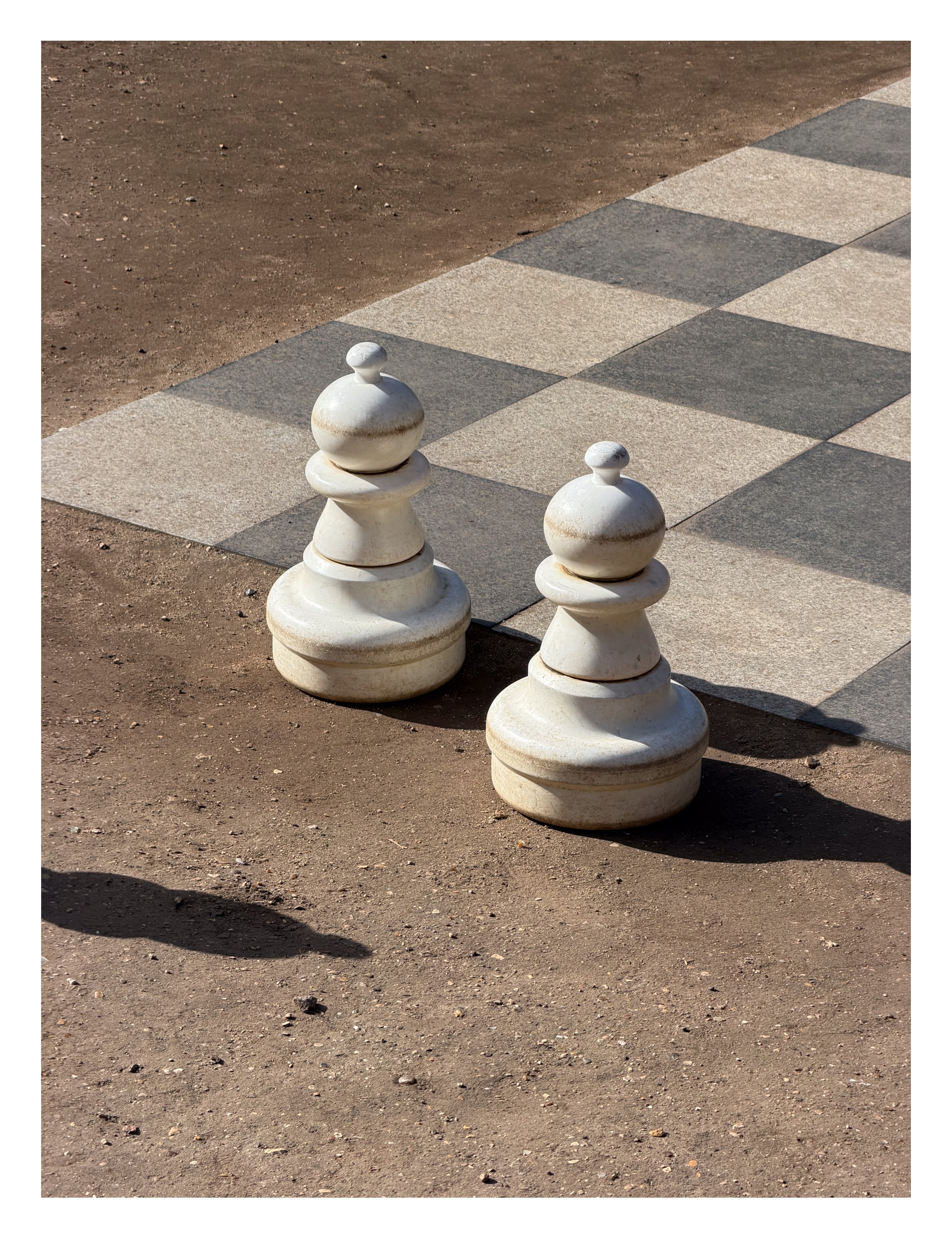


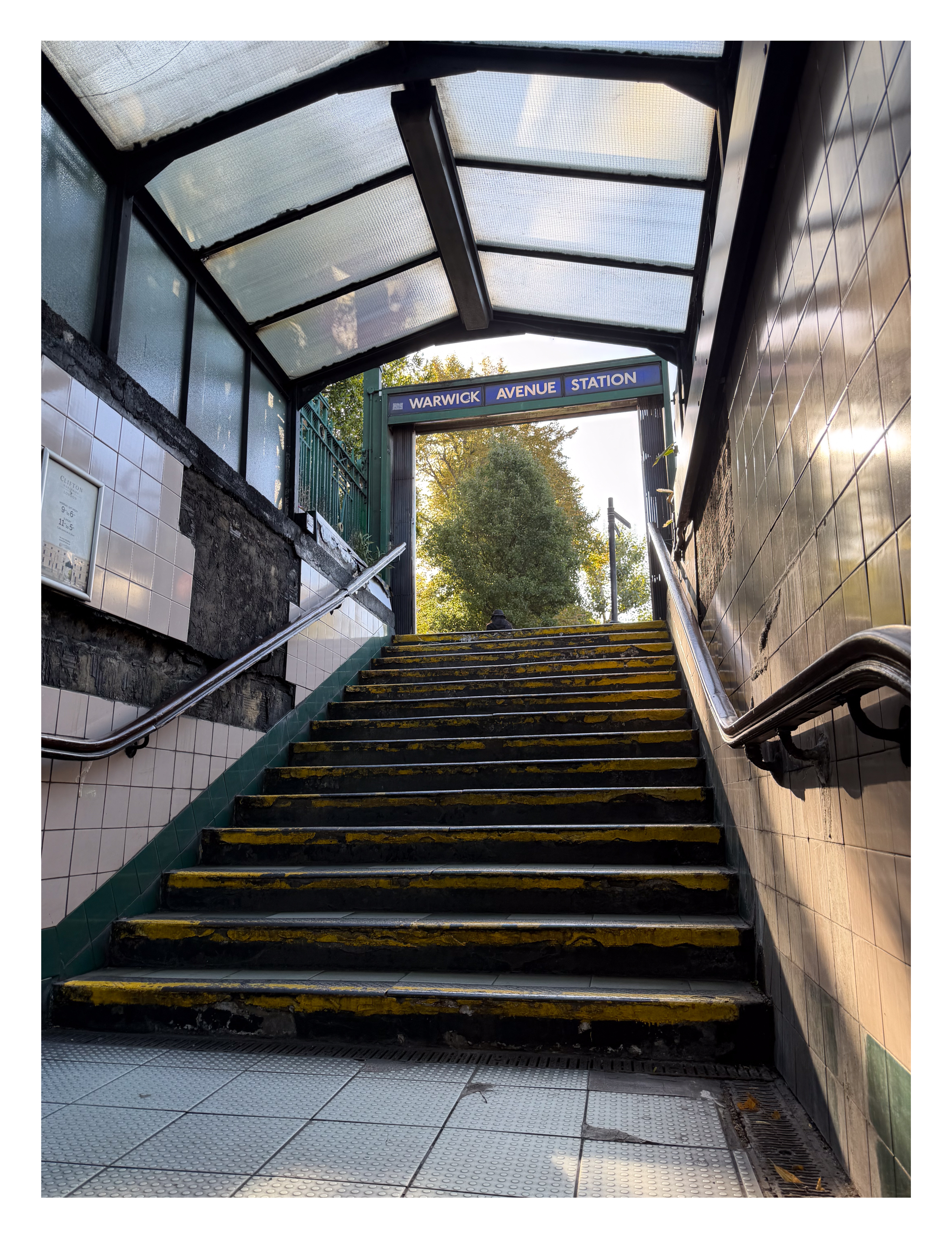


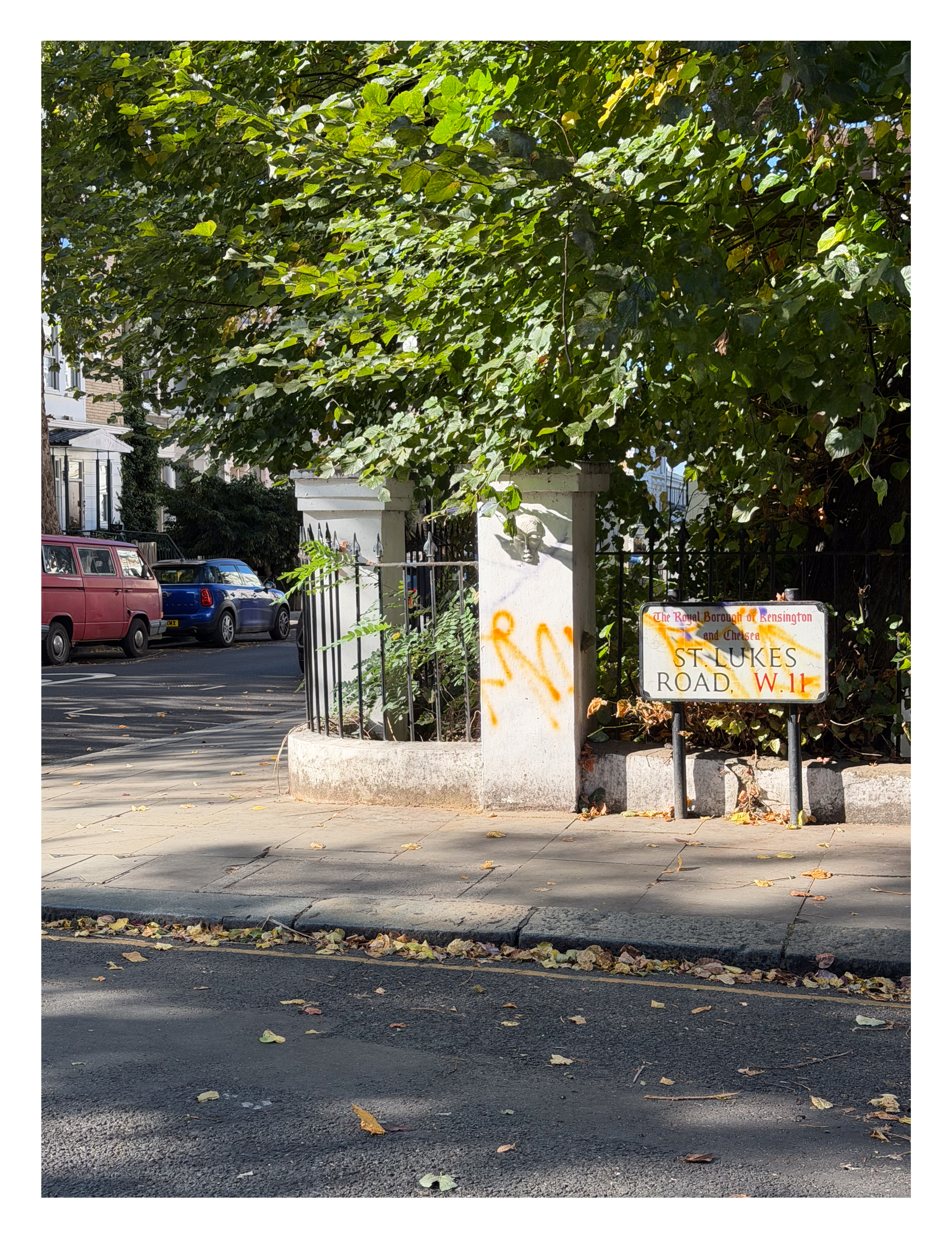
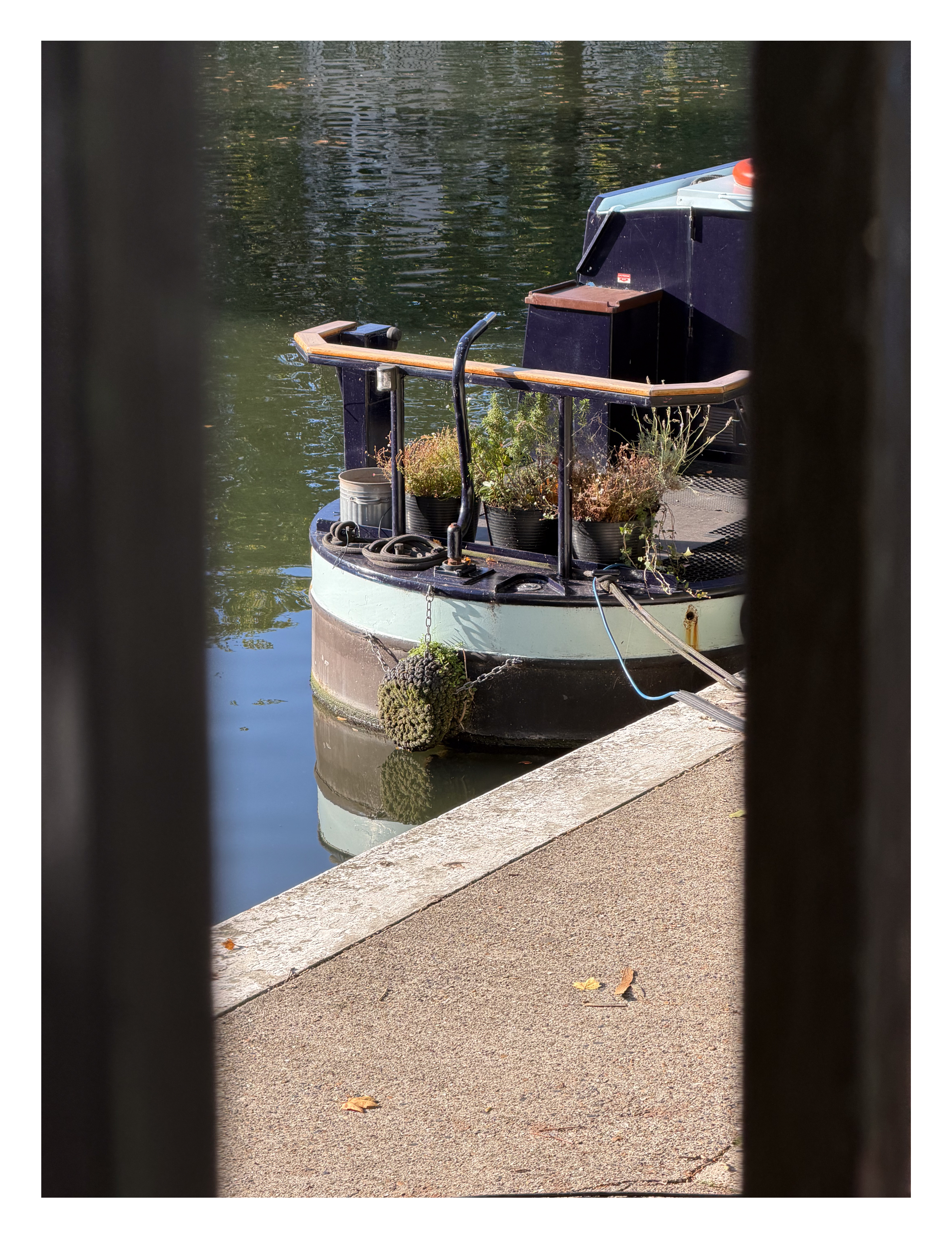
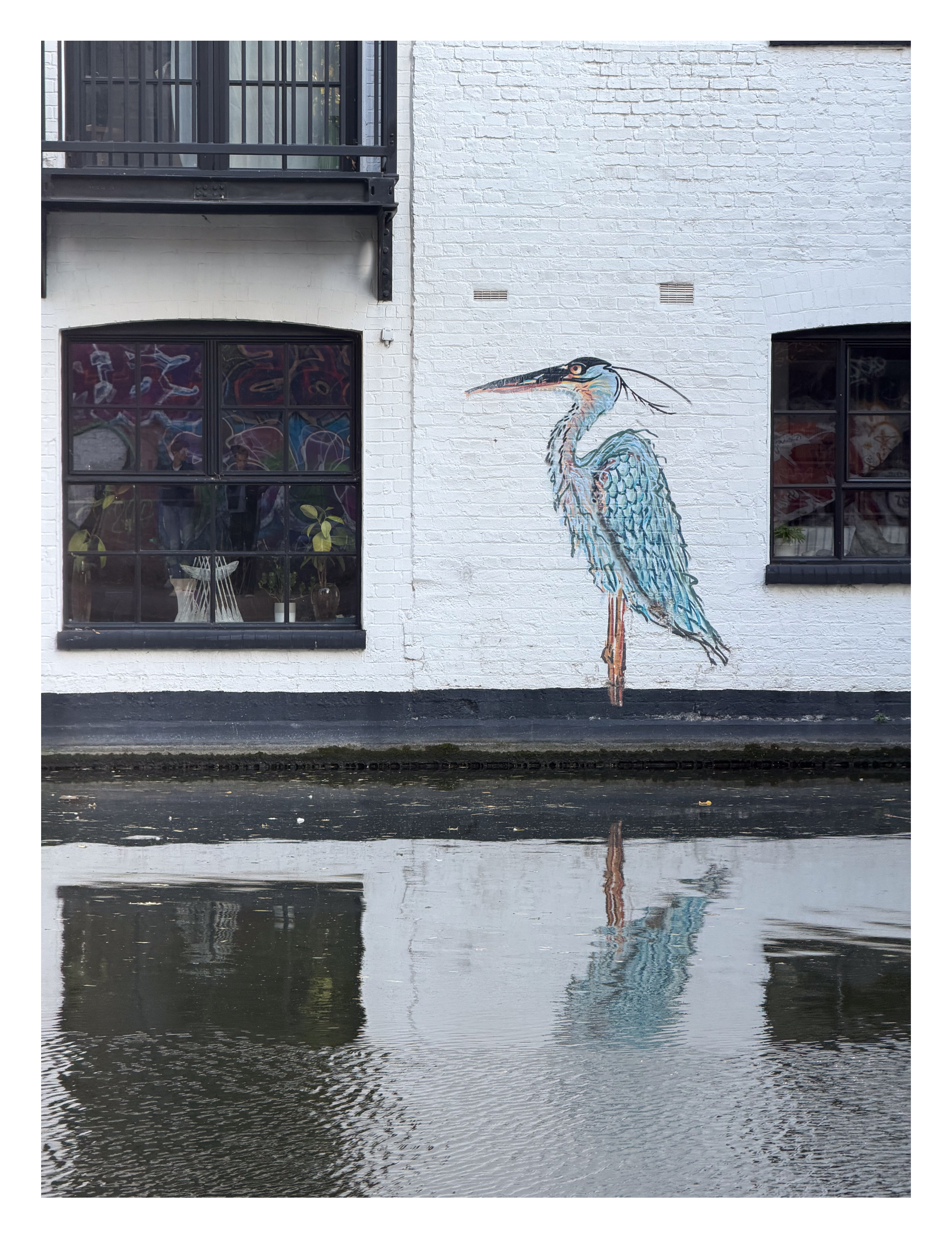
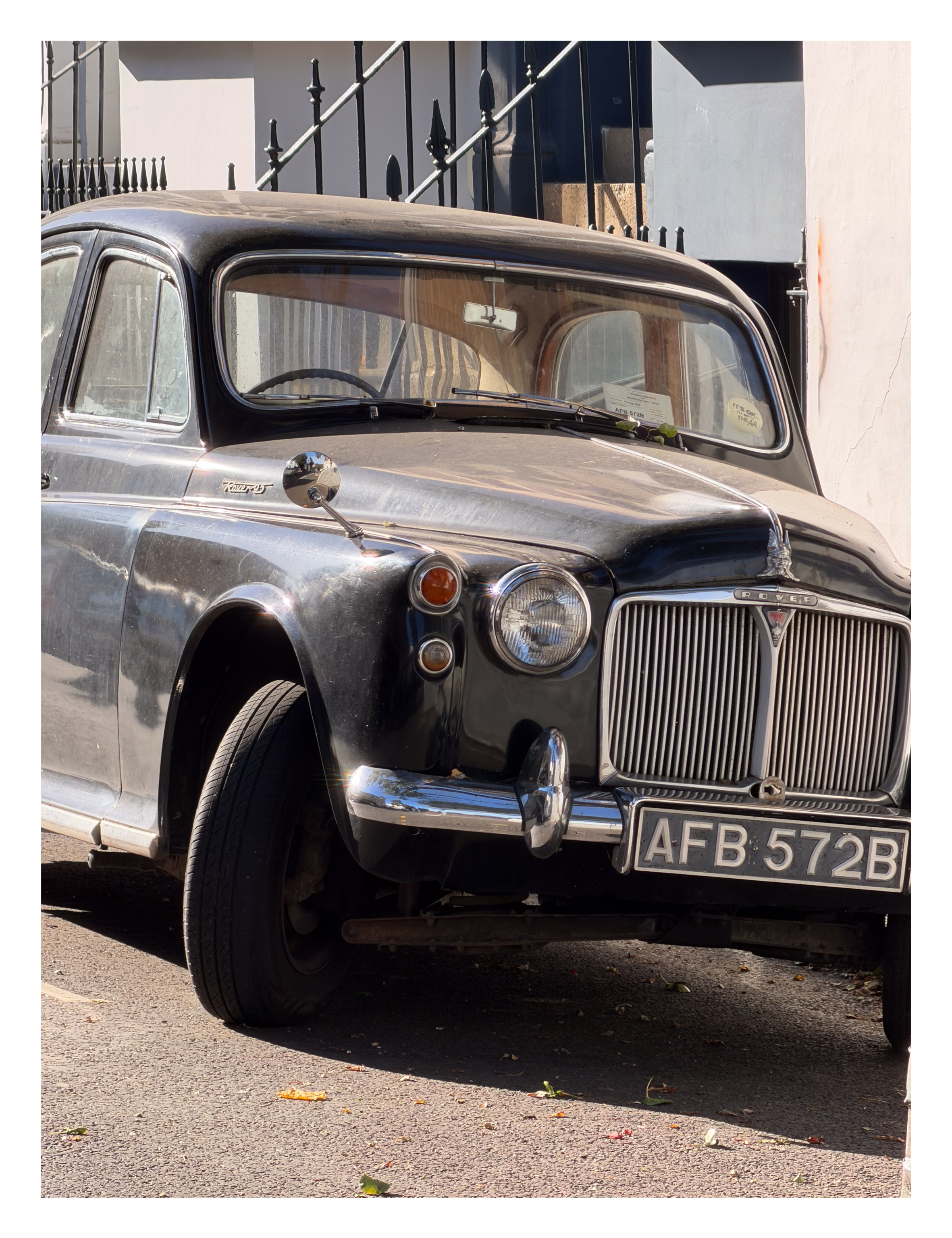
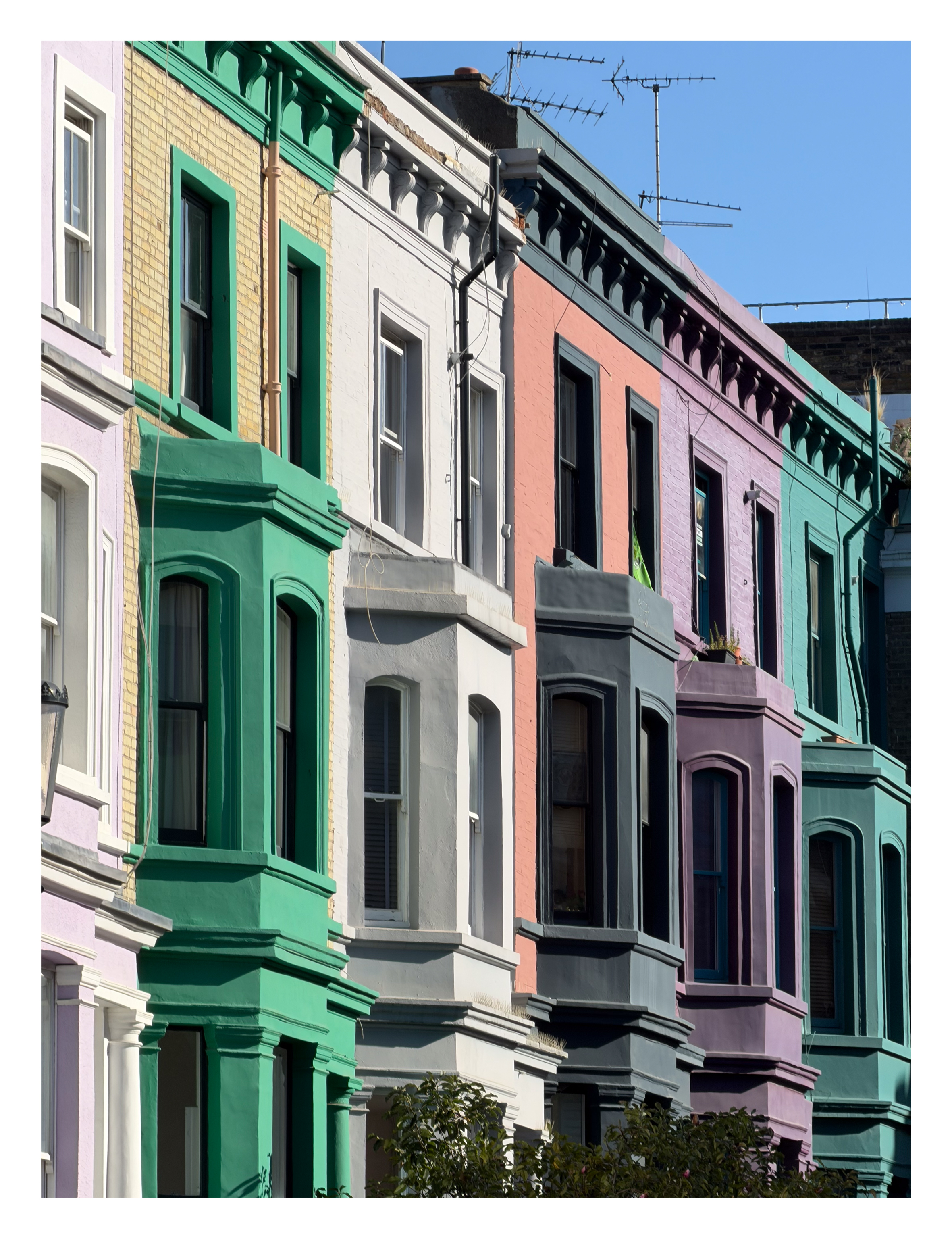


The main cameras are essentially the same as those we've seen before (48 megapixel sensors on both the wide and the main cameras, meaning they can act as hybrid cameras at two different lengths). The exception is the telephoto which has also finally got an upgrade to 48MP, meaning Apple has felt safe in reducing it from 5x to 4x and, in so doing, effectively given the camera a fairly decent 70-200mm EFL capability (because it's now got the resolution to serve as 4x and 8x).

To really see the performance of the camera cluster, I stood on one side of the Royal Albert Wharf in London's docklands and took some pictures of Cafe Spice Namasté on the other side at the different default camera lengths. Some are the full pixel resolution, some are the result of processing – hybrid zoom – because along the bottom of the camera app I was offered 0.5x, 1x, 2x, 4x, 8x (2x and 8x are hybrid crops of 1x and 4x).





Overall verdict
The iPhone 17 Pro Max (and smaller Pro) is, finally, aimed at being the no-compromise phone that something for 'professional' phone users ought to be. For me, at least, that means the camera should make a decent attempt at simulating a professional camera – in fact an entire kit bag – even though the entire device needs to successfully fit into someone's pocket. Oh, not just that, but it ought to be able to carry on working for a good portion of the day, perhaps longer.
That is especially true in 'Apple-land' where the Pro soubriquet is attached to the more powerful laptops and other computers, and, to be honest, traditionally made more sense than on phones. Now, though, this feels like the breakthrough iPhone. This is a handset with the compute power, the battery, the camera tech at every reasonable tele level. Why shouldn't it be a "Pro" phone?
There are definitely quirks that might irk some – the orange, especially, as it happens, but also the whole choice of colors did not impress my fiancée for a start (who preferred the look of last year's iPhone 16 Pro Max). The Dynamic Island is still around, too, and some do not appreciate that for some reason.
Overall, though, this feels to me like the kind of distinction that a 'Pro' phone deserves and the storage options are very much enough for serious creatives. Should any of the styles appeal to you it feels like an easy choice to me, while you might also want to hunt down the best iPhone 17 Pro Max case to alter the look and feel a little if Apple hasn't got the coloring quite right for you!
Features ★★★★★ | This time Apple has got the cameras right (48MP x 3 + 18MP Center Stage) and the battery right (comfortably lasting |
Design ★★★★☆ | I can't give all the stars because not everyone where I'm reviewing loves it, but I think it was about time we saw a new look for the iPhone. I just hope that the orange still looks good when comes time to trade in. |
Performance ★★★★★ | Imaging performance across the range is impressive, both in terms of detail and handling of light. |
Value ★★★★☆ | The number of stars you see here depends a bit on your perception of iPhone, but I'd argue that the option to get everything in a single box could be more efficient than you expect (and I had braced for bigger price rises!) |
Alternatives
The iPhone 17 has a good number of upgrades this year, so if you're looking to save a little money and aren't tempted by the telephoto camera, this will still get you 120Hz Pro Motion screen, and the new 18MP Selfie Camera.
See full iPhone 17 review
The iPhone Air is the other option. It's not that cheap and it's only got one camera, but it's really, really thin so if that's what you want, then, er...
See the iPhone Air opinion
How I tested
I tested the iPhone 17 Pro Max by buying one, with my own money, on day one and then living with it for a month. I decided to be extra brave and trust the insurance rather than a case (which is also the fairest way to test the cameras, because a lot of modern cases seem to have nasty bits of glass or (shudder) cheap plastic over the lenses, which does not seem a very fair test.
I made it my business to take photos and videos in every day life, daytime and nightime, at every one of the tele levels, as part of the testing, and give the battery a good run out.

With over 20 years of expertise as a tech journalist, Adam brings a wealth of knowledge across a vast number of product categories, including timelapse cameras, home security cameras, NVR cameras, photography books, webcams, 3D printers and 3D scanners, borescopes, radar detectors… and, above all, drones.
Adam is our resident expert on all aspects of camera drones and drone photography, from buying guides on the best choices for aerial photographers of all ability levels to the latest rules and regulations on piloting drones.
He is the author of a number of books including The Complete Guide to Drones, The Smart Smart Home Handbook, 101 Tips for DSLR Video and The Drone Pilot's Handbook.
You must confirm your public display name before commenting
Please logout and then login again, you will then be prompted to enter your display name.
